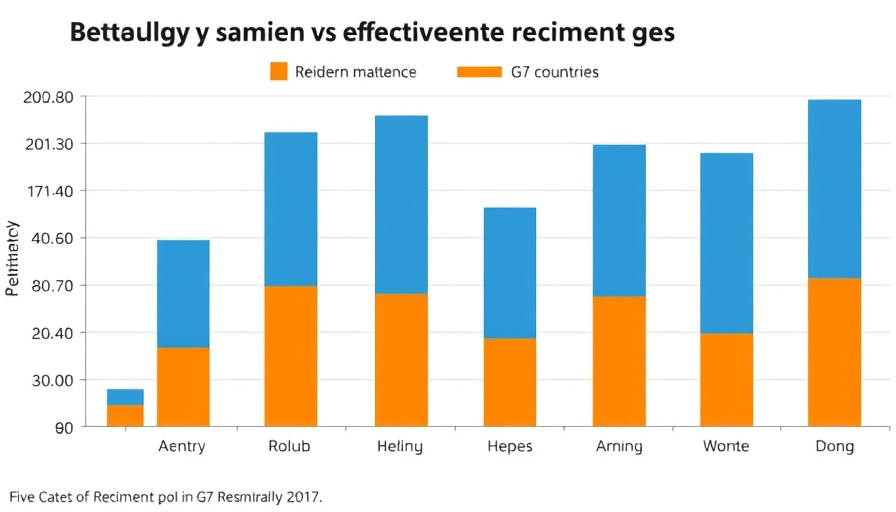
Why Hope Leads the Charge in Leadership Needs
In a world characterized by constant change and heightened uncertainty, Gallup's Global Leadership Report underscores the pressing need for effective leadership grounded in the element of hope. With 56% of traits associated with positive leaders emphasizing hope, it becomes apparent that this feeling is not merely an emotional response; it is a foundational element that drives the way people interact with their leaders and, by extension, their lives.
The Empowering Impact of Trust and Compassion
Trust accounts for 33% of positive leadership attributes according to Gallup’s findings. When individuals feel they can rely on their leaders, they are more likely to thrive personally and professionally. Furthermore, compassion and stability, encompassing just 11% of responses, complement the essence of effective leadership. Leaders who embody these traits create environments conducive to employee engagement and wellness, resonating particularly well with Chief Human Resource Officers (CHROs) and Chief People Officers focused on fostering a people-first culture.
The Global Perspective on Leadership Needs
This universal desire for hope is consistent regardless of geography or age, challenging the notion that leadership qualities vary widely across cultures. Employees globally are increasingly aware of their expectations. As leaders foster environments marked by hope, trust, compassion, and stability, they can significantly enhance their organizations' overall health and performance. This shift in perspective encourages leaders to act with intention and purpose to support their teams.
The Consequences of Unmet Needs
Gallup's research emphasizes that individuals who do not associate hope with their leadership experience show alarming rates of suffering—9% as classified in the report. By contrast, when hope is instilled in followers by their leaders, suffering dramatically decreases—illustrating a crucial link between leadership styles and employee wellbeing. Thus, leaders in high-performance organizations can optimize workforce strategies by prioritizing hope and trust in their leadership approach.
Moving Forward: A Call to Action for Leaders
Leaders are tasked with navigating profound challenges, especially with the rise of artificial intelligence and evolving workforce dynamics. By acknowledging and addressing the universal needs of hope, trust, compassion, and stability, leaders can motivate their employees and shape a high-performance culture that drives productivity. Embracing these elements in leadership development will pay dividends through enhanced employee engagement and retention strategies, ultimately leading to organizational success.
 Add Row
Add Row  Add
Add 




Write A Comment